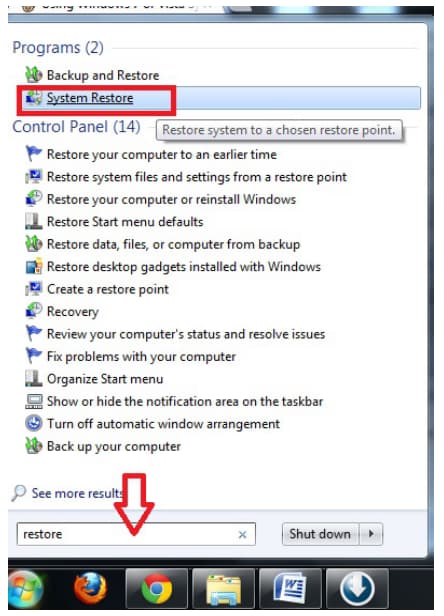
At the bottom of the window, click the “Recover system settings or your computer” link. You can just search for “backup” in the Control Panel to find it.

To do this, open the Control Panel and locate the “Backup and Restore” panel. It was removed in Windows 8, 8.1, and 10. However, this option only appears to be present on Windows 7. If Windows is still working properly, you can do this right from the Windows desktop.

How to Restore Your Backup from the Control Panel (Windows 7 Only) There’s a good chance your system image backup will be quite large, so you’ll want to have a large drive to put it on. Click the “Create a system image” link to create a system image. You’ll see a “System Image Backup” link, which will open the “Backup and Restore (Windows 7)” tool.

On Windows 8.1 and 10, just open the File History backup window in the control panel. On Windows 7, it’s integrated with the normal backup tool. RELATED: How to Create a System Image Backup in Windows 7, 8, or 10Ĭreating system image backups is still fairly simple. Microsoft says it’s not possible to extract individual files from a system image backup, and they don’t provide an easy tool to do so - but they’re just standard VHD (virtual hard disk) image files that you can “mount” and copy files from using File Explorer or Windows Explorer.īe sure to connect the drive containing the system image backups to your computer before continuing. While you can’t restore a system image backup on another PC, you can extract individual files from a system image backup.

You can’t restore a Windows system image backup on a different PC. Your Windows installation is tied to your PC’s specific hardware, so this only works for restoring a computer to its previous state. RELATED: How To Extract Individual Files From a Windows 7 System Image Backup Your System Image Backup Can’t Be Restored On Another PC


 0 kommentar(er)
0 kommentar(er)
